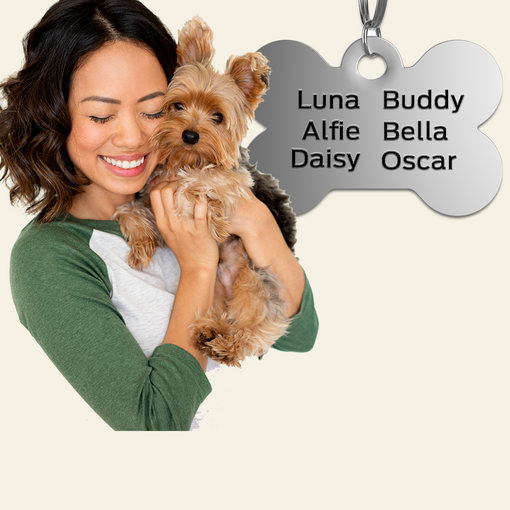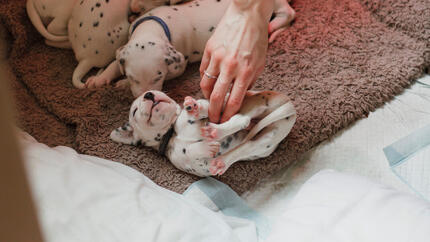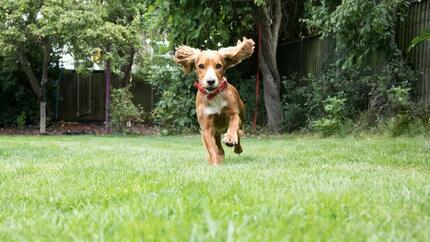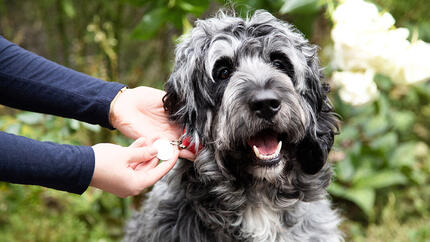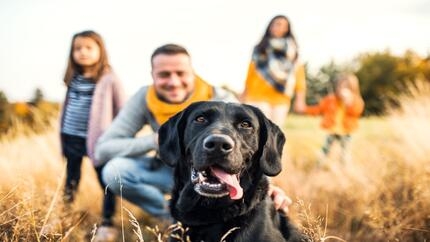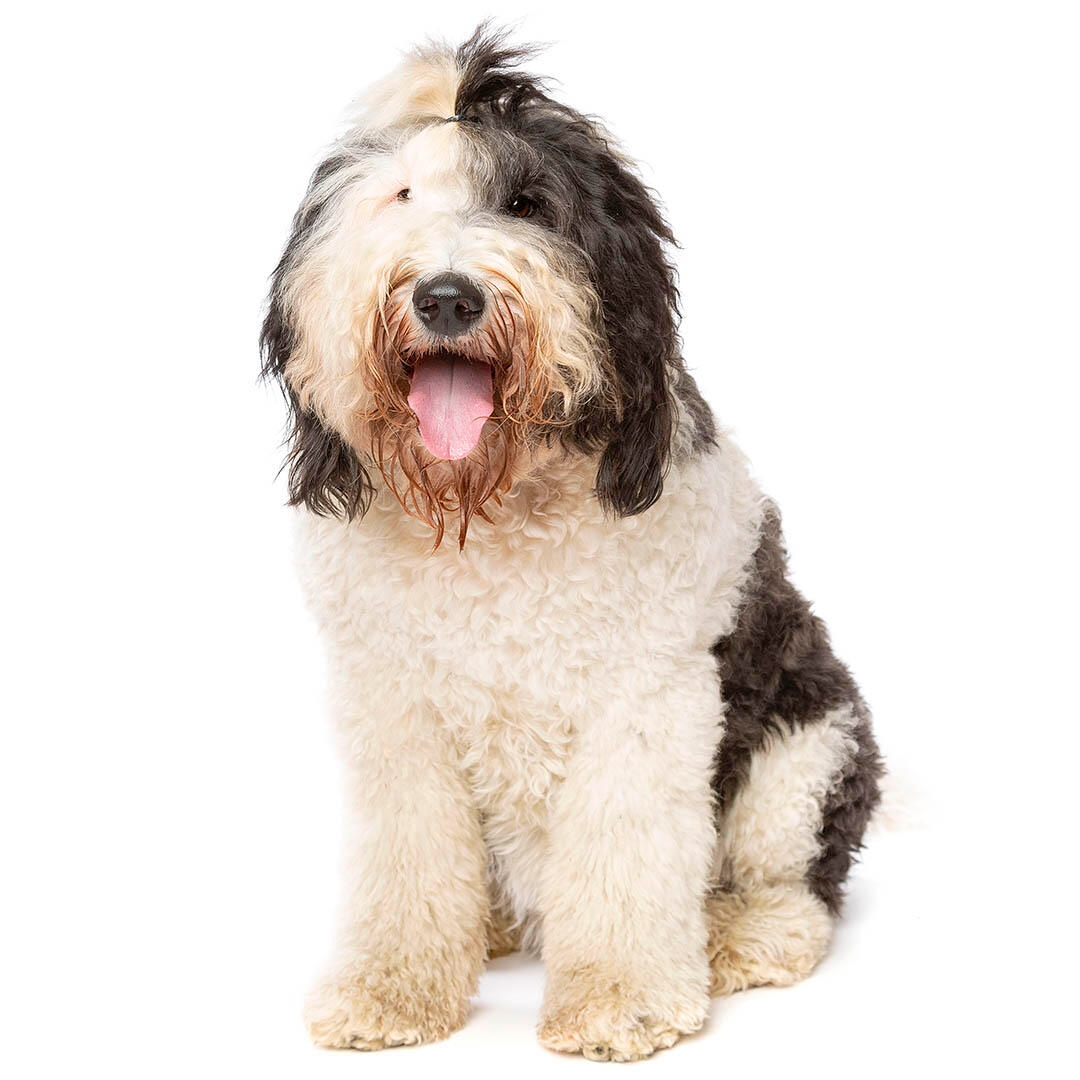
The Poodle is a lively, sociable and affectionate dog who is both intelligent and amusing, and makes a wonderful and fun companion. They love to be included in all family pursuits and can be good watch dogs, announcing visitors but never being aggressive. The Standard Poodle is still at heart a working dog and can easily be the start of your training class, your agility group or in the obedience ring. These are dog that will thrive with a job to do, especially if they can work with their owner.
While the personality of a Sheepadoodle can vary widely, the two breeds that make up this cross will usually produce a large, friendly dog who needs both space and company. However, they can become overly protective, but with early and ongoing socialisation, habituation and training, this trait can be easily tempered. It is important that they are bred from good temperament parents.
The personality of a Sheepadoodle seems to be more consistent when they are first crosses (F1). As a line is successively bred, they can be either bred back to one of the original breeds (and so strengthen either the Old English Sheepdog or the Poodle personalities - or breed to a smaller Poodle to reduce the size) or be bred to another Sheepadoodle in which case there is less predictability in temperament (and in-breeding becomes more of a potential issue).






